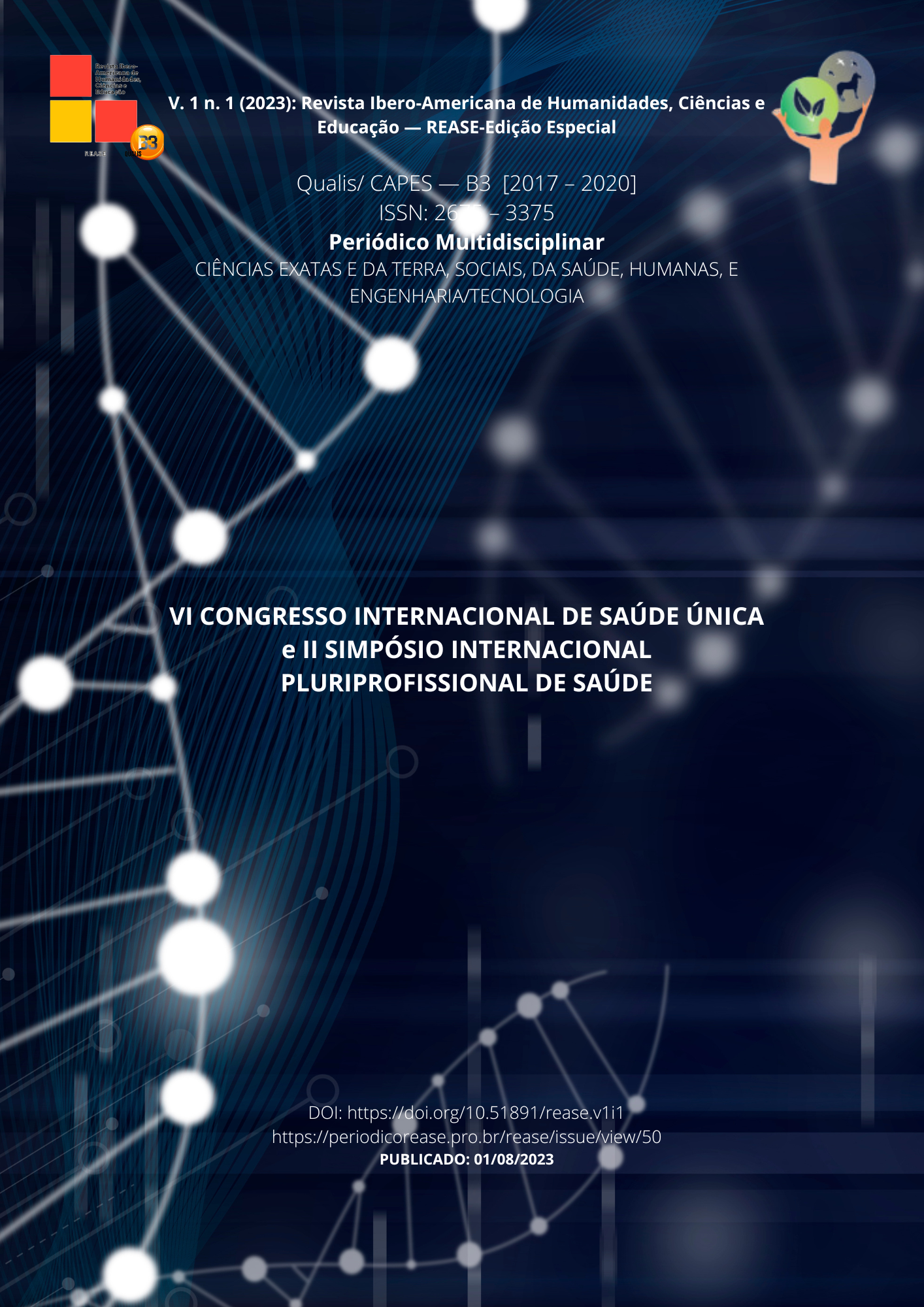EPIDEMIOLOGICAL SURVEY OF SUSPECTED CASES OF RAGE IN THE MUNICIPALITY OF ITAPEMIRIM-ES, HISTORICAL SERIES 2016-2021
DOI:
https://doi.org/10.51891/rease.v1i1.10531Keywords:
Rage, Anti-rabies, Health Surveillance.Abstract
Rage is an acute fatal infectious disease caused by the Rhabdoviridae virus. It is a disease with global distribution and great implications for public health, since the dog is the urban reservoir and the main transmitter of the disease to humans. In view of the above, every human case of suspected rabies is subject to individual, compulsory and immediate notification at municipal, state and federal levels. Therefore, it must be investigated by health services through the investigation form, standardized by SINAN, it is classified as a zoonosis transmitted to humans by the insertion of the rabies virus contained in the spitlle of the infected animal, mainly through its bite. The present study is a field research associated with the literature in which an epidemiological survey was carried out on rabies zoonoses from data collected and acquired in the epidemiological surveillance of the municipality of Itapemirim-ES, and these were made available by SINAN and e-SUS. It was noticeable that during the study carried out between 2016 and 2021, the year 2020 (pandemic peak) was the year in which there was a 65.50% reduction in our notifications, however, no reducible measure was applied by the surveillance sector environmental. Therefore, such mitigation is attributed to the effects of the SARS-CoV-2 pandemic, where the epidemiological focus was directed at cases of COVID-19. Therefore, in light of the above, it is clear that the pandemic has had an impact on investigative rabies reports, but these tend to grow again. Which leads to health surveillance the appropriateness of working on prevention by vaccinating animals, both domestic and livestock, and the search for assistance from health professionals when there are complications of wounds resulting from bites or scratches by animals.
Downloads
Downloads
Published
How to Cite
Issue
Section
License
Atribuição CC BY

